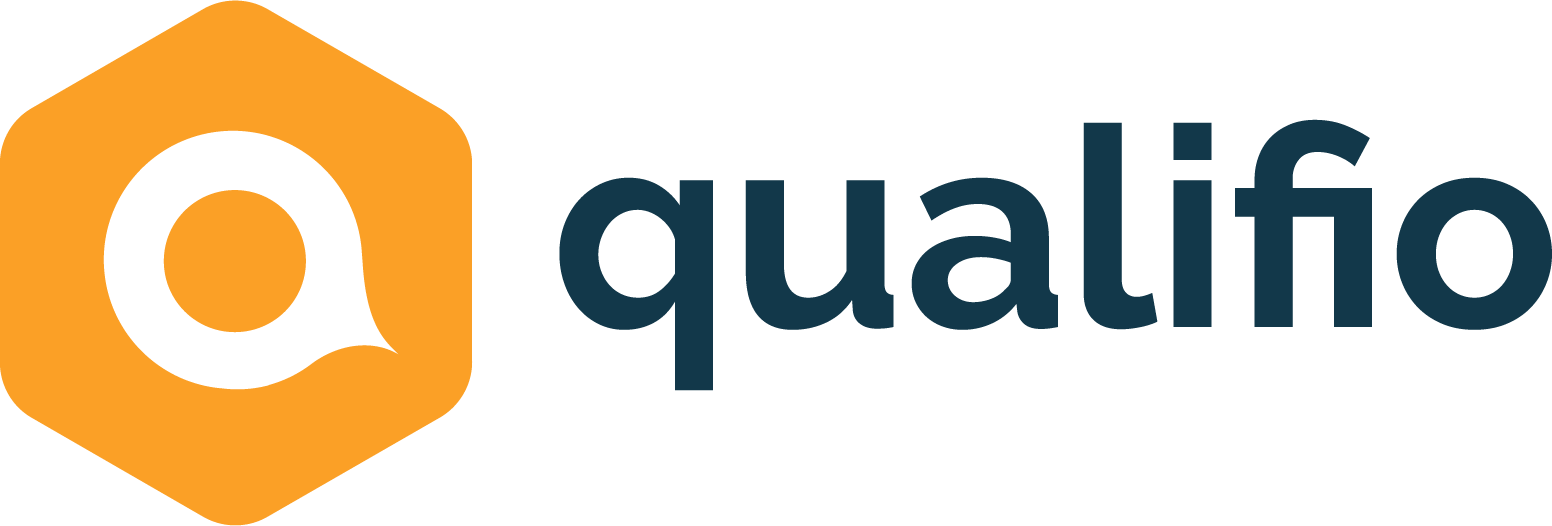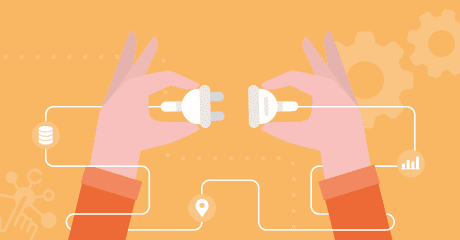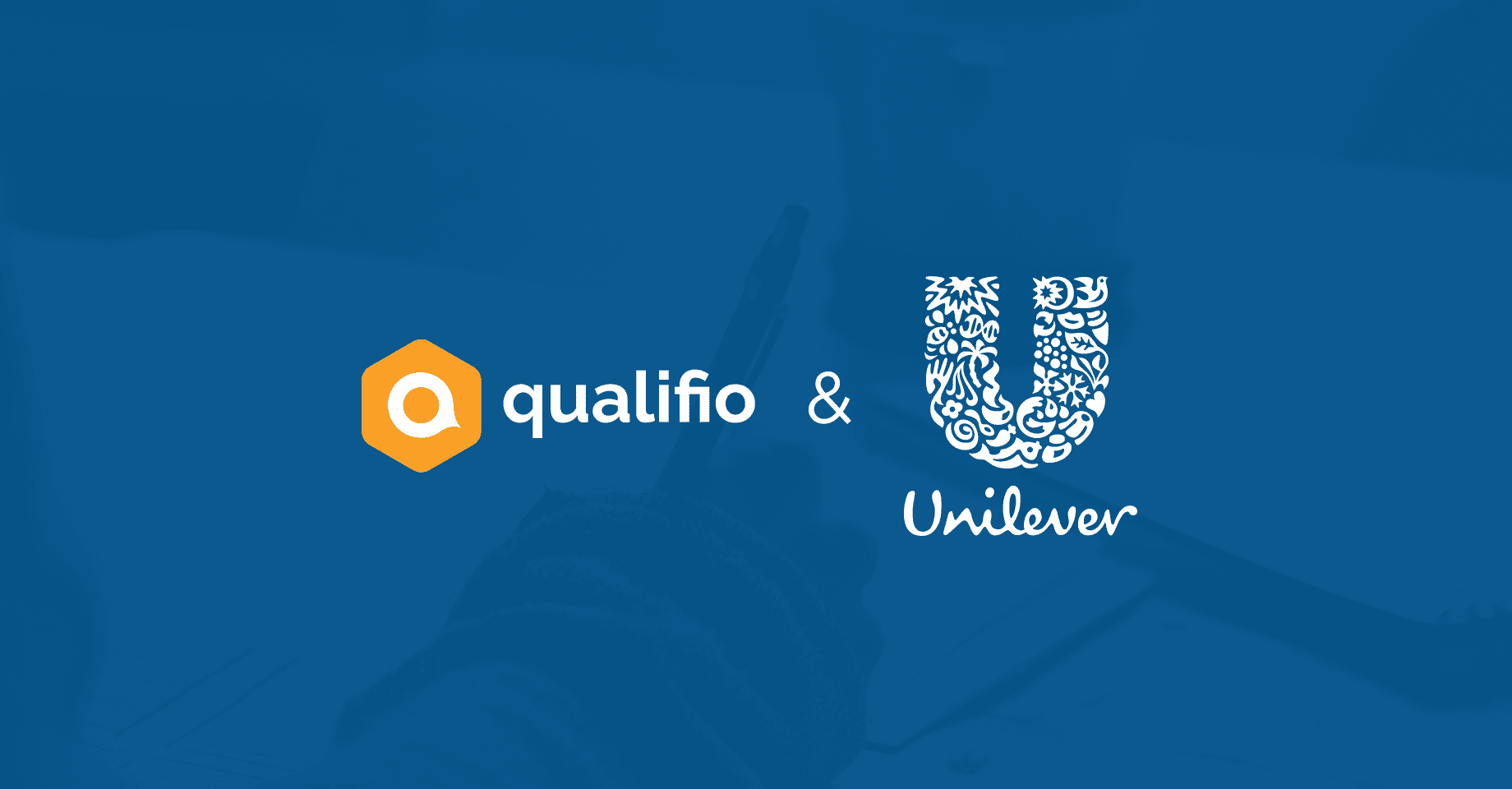End of third party cookies: what are the solutions?
Safari, Firefox, Explorer, and now Chrome. The giant Google has announced the scheduled end of third party cookies from its browser by 2022. Advertisers are already gnashing their teeth: with Chrome covering 60% of the online advertising market, it will soon be impossible to collect data via third-party cookies.
Third-party cookies are useful to advertisers in creating targeted ads and collecting information about users’ interests and purchase intentions. They are to be distinguished from navigational cookies, which are used to avoid typing one’s email address and password each time one visits a website.
In a post-GDPR world, it was inevitable that Google would also sort itself out. And while the announcement of the withdrawal of third-party cookies may come as a shock to advertisers and media, it is not a complete surprise. This statement raises several questions for marketers. How will they overcome the progressive disappearance of third-party cookies? What are the available solutions to replace the use of data collected by third-party cookies?
End of third party cookies: what are the challenges?
The announcement of the end of the third-party cookie poses a number of challenges for media and advertisers:
- What can be done to reduce the impact on monetisation and the effectiveness of internet advertising?
- How to create a new and effective advertising market?
For Jean-Luc Chetrit, Managing Director of Union des Marques, “We must not return to a world where advertising is not interesting. The purpose of advertising is to generate growth for companies.” (source: Le Monde) It will, therefore, be interesting to see how the information collected by third-party cookies will be replaced in the future. Because not only will it become more difficult for advertisers to determine the return on investment of their ads, but it will also be more laborious for the media to sell these advertising spaces.
On the death of third-party cookies, Christopher Hogg, EMEA Managing Director of Lotame, says that “it’s not a new phenomenon: we’ve worked in that ecosystem for a number of years with Safari and iOS, blocking third-party cookies. […] We’re not in a situation where we’re in a cookie-less environment, we’re still very much relying on cookies, and the industry is very much relying on cookies. My viewpoint is that privacy is not about cookies, it is about consent. GDPR and consent are going way beyond the cookie or a mobile device idea.”
Listen to Christopher Hogg’s full interview below:
As for the AdTech community, it must now find solutions to recreate an advertising market. As Google has announced a two-year delay before third-party cookies are disabled on its browser, this should give them the time to make the right decisions for a move towards a cookie-less world.
The solution? Collecting first-party data
“The world’s most valuable resource is no longer oil, but data.” – The Economist
After the GDPR, media and advertisers have every interest in refocusing on first-party data collection to address issues of advertising fraud, data leakage, and the GAFAs’ stranglehold on global advertising markets.
According to a survey conducted by Campaignlive, 96% of advertisers say they are ready for a world without third-party cookies. However, most respondents report using less than half the potential of their first-party data.
First-party data is collected directly by media and advertisers. This data is :
- Declarative data, provided by internet users on a voluntary basis, via a form or an interactive marketing campaign for example;
- Behavioural data, collected on media websites thanks to pixels implemented or collected via subscriptions.
And how do you collect first-party data?
First-party data collection is carried out using data collection and management tools, such as a Data Management Platform (DMP), Customer Data Platform (CDP), data collection platform,… Thanks to these tools, it is easier to segment and use the data already in possession of the media and advertisers.
Today, the form is the simplest way to collect first-party data. But there are also innovative tools, such as the Qualifio platform, which rely on interactivity and games as a marketing and data collection levers. With varied and fun formats such as quizzes, personality tests or contests, it becomes very easy for media and advertisers to collect first-party data, in compliance with the GDPR, and to activate it afterwards.
The programmed end of third party cookies is an opportunity to restructure the behaviour of advertising markets and the way advertisers think. And if alternatives already exist, a change in the way advertisers and publishers operate is more than necessary.









